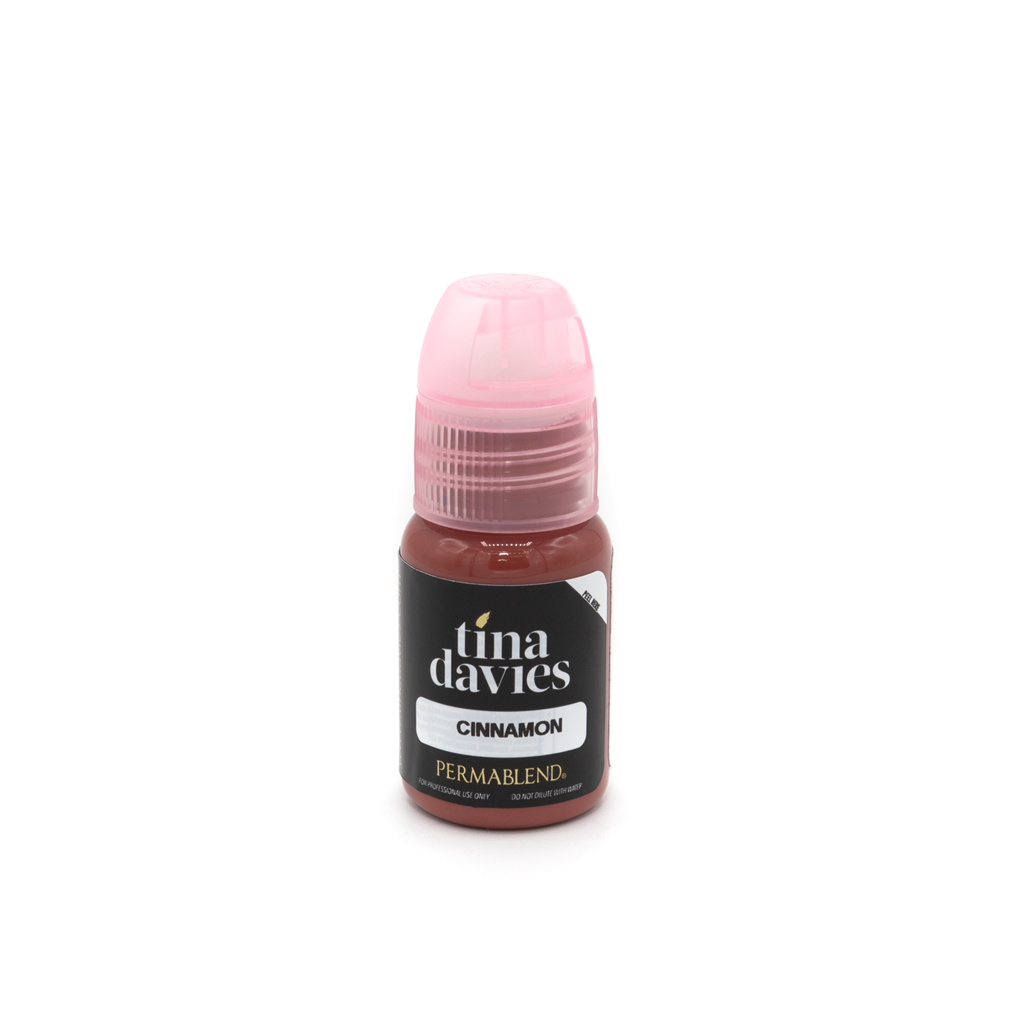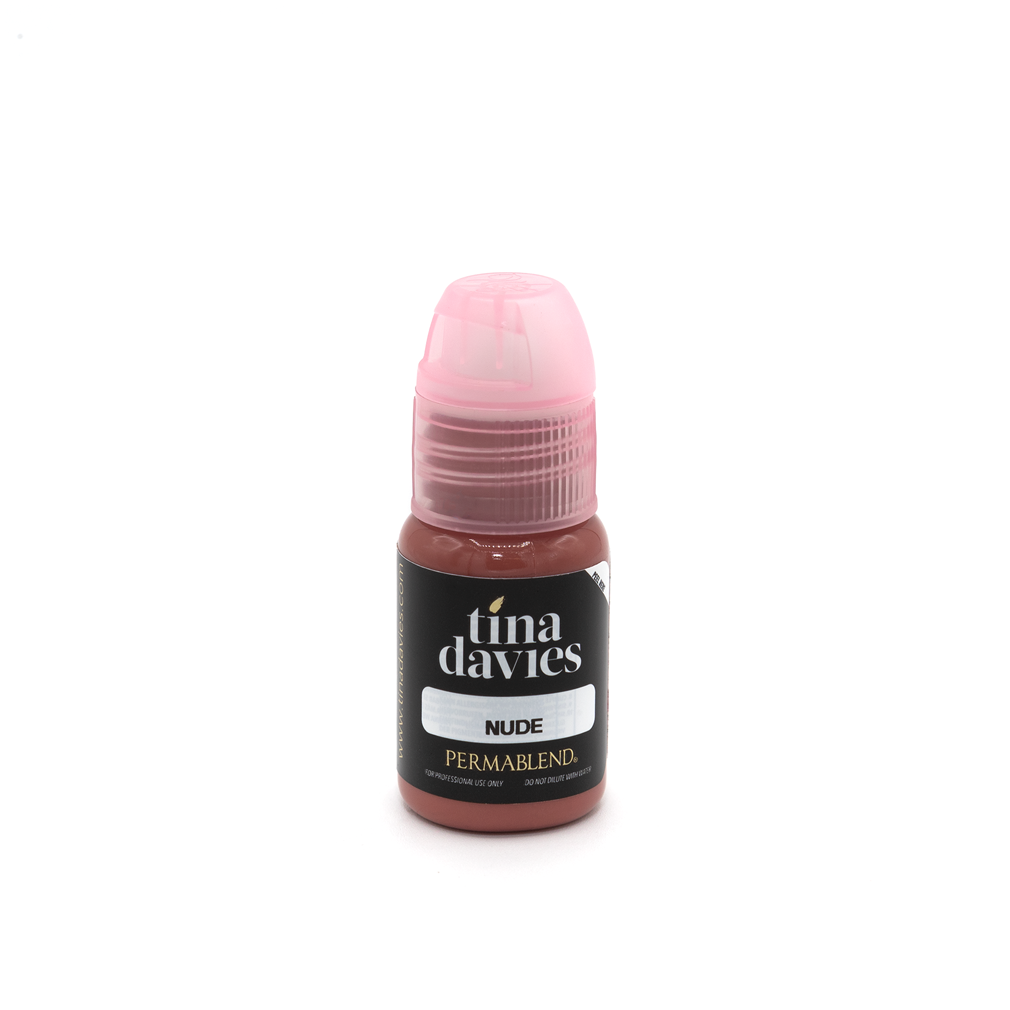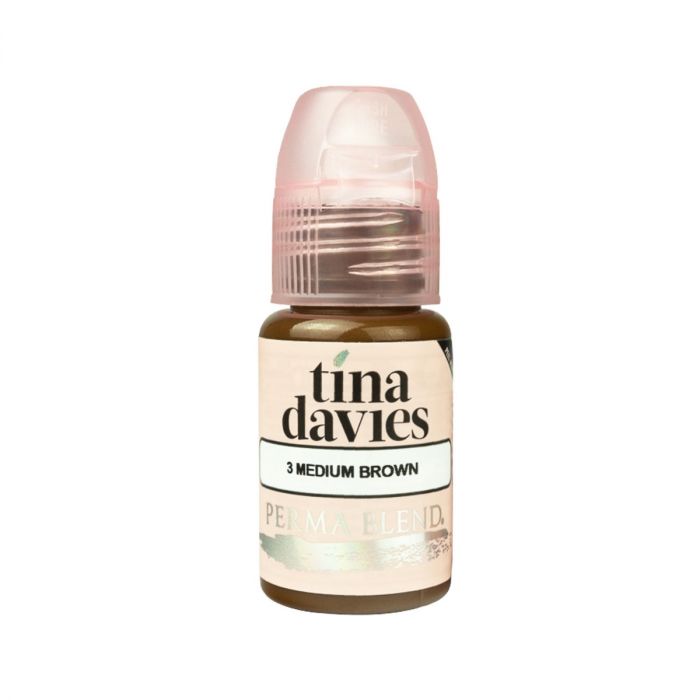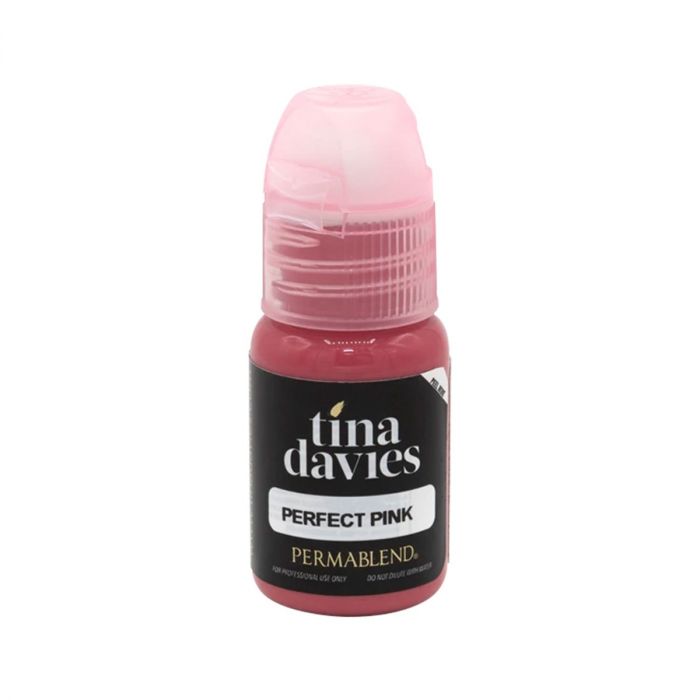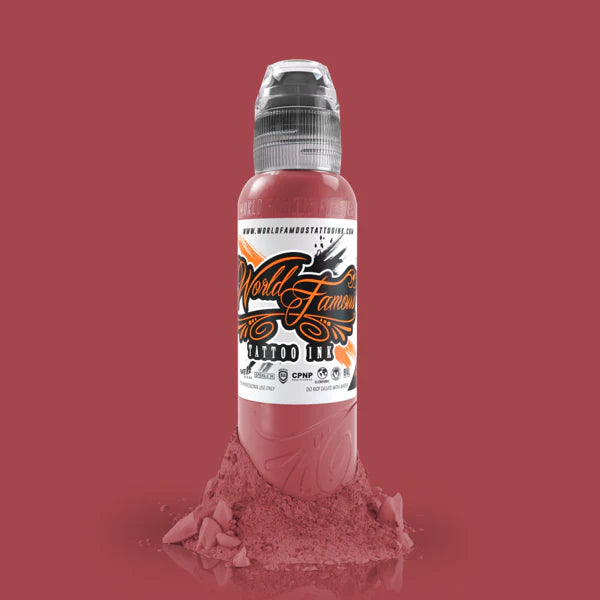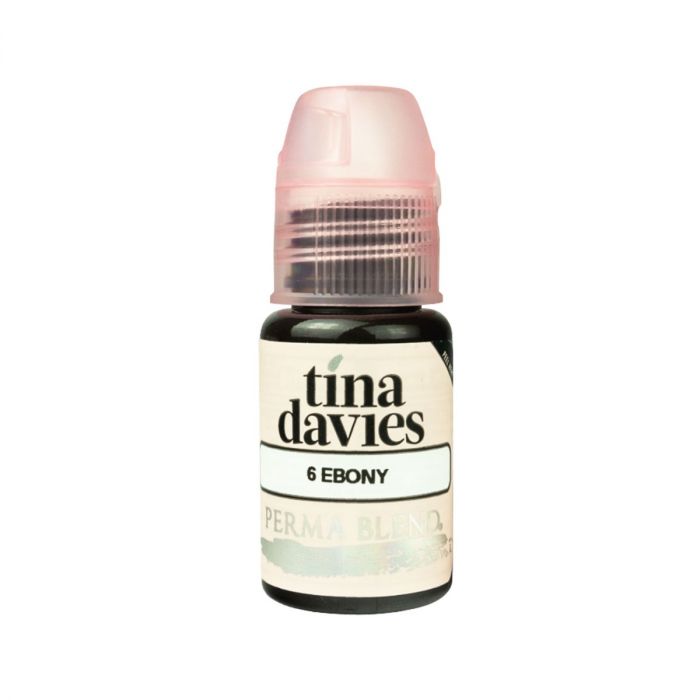Inorganic vs Organic Pigments
Inorganic pigments are made from minerals and other non-living materials, while organic pigments are made from carbon-based compounds. These two types of pigments have a number of differences that make them suitable for different applications.
Inorganic Pigments
Inorganic pigments are made from minerals, such as iron oxide or titanium dioxide, and other non-living materials. These pigments are known for their bright and vibrant colours, they are highly resistant to fading and discolouration. Inorganic pigments are also non-toxic and safe to use, making them suitable for use in a variety of products, including cosmetics and food.
One of the main advantages of inorganic pigments is their stability. They do not react with other materials, and they are not affected by heat, light, or other environmental factors. This makes them ideal for use in products that need to maintain their colour over time, such as paints and coatings.
Organic Pigments
Organic pigments, on the other hand, are made from carbon-based compounds. These pigments are known for their bright and vibrant colours, and they are used in a wide range of products, including paints, inks, and plastics.
One of the main advantages of organic pigments is their versatility. They can be easily modified to create a wide range of colours and shades, and they can be used in a variety of applications. Organic pigments are also more soluble than inorganic pigments, which makes them easier to disperse in other materials.
However, organic pigments are not as stable as inorganic pigments. They are more prone to fading and discoloration over time, and they can be affected by heat and light. They are also more toxic than inorganic pigments, which can be a concern for certain applications.
Uses of Inorganic and Organic Pigments
Inorganic pigments are widely used in a variety of products, including paints, coatings, plastics, and cosmetics. They are also used in the production of paper, ink, and rubber. Inorganic pigments are known for their bright and vibrant colours, and they are highly resistant to fading and discoloration.
Organic pigments are used in a wide range of products, including paints, inks, plastics, and textiles. They are also used in the production of printing inks, coatings, and rubber products. Organic pigments are known for their versatility and ability to be easily modified to create a wide range of colours and shades.
Inorganic and organic pigments have a number of differences that make them suitable for different applications. Inorganic pigments are made from minerals and other non-living materials, and they are known for their bright and vibrant colours, stability, and non-toxicity. Organic pigments, on the other hand, are made from carbon-based compounds, and they are known for their versatility, ability to be easily modified, and solubility. Both inorganic and organic pigments have a wide range of uses in a variety of products, including paints, inks, plastics, and cosmetics.
How Does This Affect Permanent Makeup
Permanent makeup, also known as cosmetic tattooing, is a procedure in which pigment is tattooed into the skin to create the appearance of makeup. Both inorganic and organic pigments can be used in permanent makeup, and the choice of pigment will depend on the specific application and the desired results.
Inorganic pigments are generally considered to be safer for use in permanent makeup, as they are non-toxic and do not break down over time. They are also more resistant to fading and discoloration, which can be important for maintaining the long-term appearance of the tattoo. However, inorganic pigments may not be as versatile as organic pigments, and they may not be able to achieve as wide a range of colours and shades.
Organic pigments, on the other hand, are more versatile and can be easily modified to create a wide range of colours and shades. However, they are more prone to fading and discoloration over time, and they may not be as stable as inorganic pigments. They are also more toxic than inorganic pigments, which can be a concern for certain applications.
Overall, the choice of pigment for use in permanent makeup will depend on the specific needs and goals of the procedure. Inorganic pigments are generally considered to be safer and more stable, while organic pigments are more versatile but may not be as long-lasting. It is important to carefully consider the pros and cons of both types of pigments when selecting one for use in permanent makeup.
Organic Brands
Inorganic Brands
How Do Organic Pigments Affect Laser Removal
Organic pigments, on the other hand, have smaller and less stable particles that may be more difficult for the laser to target and remove. In addition, organic pigments can be more prone to fading and discolouration over time, which can make it more challenging to remove the pigment completely.
What About Inorganic
Inorganic pigments, such as titanium dioxide and iron oxide, are generally easier to remove with laser tattoo removal compared to organic pigments. This is because the lasers used in tattoo removal are specifically designed to target and break down the particles of pigment in the tattoo, and inorganic pigments have larger and more stable particles that are easier for the laser to target and break down.
Inorganic pigments are also less prone to fading and discoloration over time, which can make it easier to remove the pigment completely. In addition, inorganic pigments are non-toxic, which can be important for certain individuals who are concerned about the safety of the removal process.
Overall, the effectiveness of laser tattoo removal will depend on a variety of factors, including the type of pigment used, the size and location of the tattoo, and the individual's skin type and healing process. It is generally easier to remove tattoos that use inorganic pigments compared to those that use organic pigments, but the success of the removal will depend on the specific circumstances of each case.
Looking to Train in Laser Tattoo Removal?
Cosmedic Supplies sister company Cosmedic Lasers now offers the best price machine and training included. Learn more

